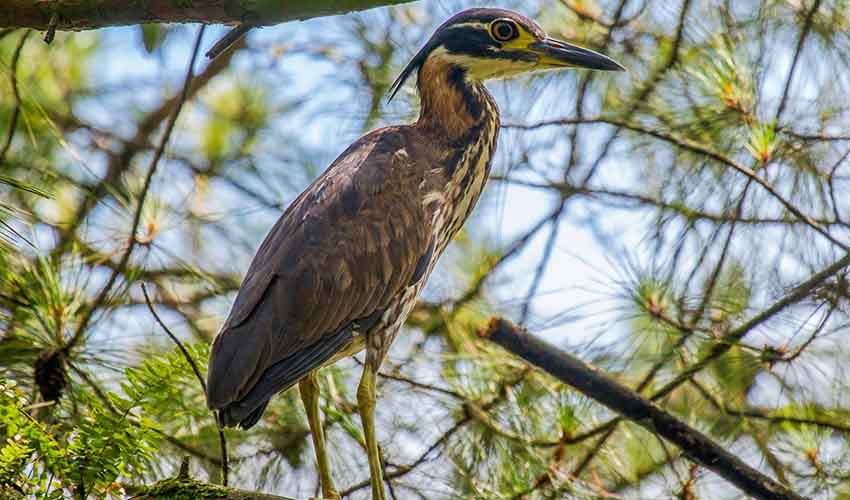Ardeidae – Herons, egrets & bitterns
Swordsmen of the birds world
Ardeidae is a group of birds commonly known as herons, egrets, and bitterns. These birds are recognized by their long legs, necks, and sharp, spear-like beaks, which they use with deadly efficiency to catch a variety of prey. The family is widespread, with members found in most parts of the world, inhabiting a range of wetland environments from freshwater marshes and riverbanks to coastal estuaries and mangrove swamps.
Ardeids are highly adapted to their aquatic hunting lifestyle. They typically wade through shallow water, using their long legs to approach their prey stealthily. When a fish or other small animal comes within range, they strike with their beak with remarkable speed and accuracy. This hunting method is so effective that it has allowed herons and egrets to become apex predators in many wetland ecosystems.
Their ability to adapt to various environments has allowed them to thrive in a variety of habitats. While they are typically associated with wetlands, they can also be found in open fields, savannas, and forests, as long as a body of water is nearby. This versatility in habitat preference is mirrored in their diet, which, although mainly consisting of fish, also includes amphibians, reptiles, small mammals, insects, and other invertebrates.
One of the defining characteristics of the Ardeidae in flight is their S-shaped neck, which they retract to improve aerodynamics. This flight pattern and their slow, deliberate wingbeats make them distinctive from other waterfowl, such as ducks and geese, which stretch their necks out in front.
Reproduction in the Ardeidae family involves elaborate courtship rituals, with males often displaying their plumes and performing various behaviors to attract mates. Nesting typically occurs in colonies, known as heronries, ranging from a few pairs to hundreds of individuals. Depending on the species and available habitat, these colonies can be found in trees, reeds, or on the ground.
Genera in this family
They fluff or sleek their feathers to subtly change outline — like reed-shaped shapeshifters
These birds might give even the best fencers a run for their money
These birds are known for their slender build, long necks, and specialized beaks for capturing prey in aquatic environments
They’re the quiet, red-eyed watchers of the wetlands
Tigrisoma literally means “tiger body,” which is fitting because of their streaks and stripes that resemble a tiger’s coat
Helps by removing ticks and flies from cattle, creating a mutual benefit
They’re “forest herons,” not marsh herons
Elegant, quiet, and hauntingly beautiful
One of the most beautiful and secretive herons in the world
Got its name from its distinctive, boat-shaped bill, which is wider than it is tall
People spend days in the right habitat and never spot one because it stays hidden and active in low light












